How to Reduce Cart Abandonment and Boost Conversions
Cart abandonment is one of the most significant challenges faced by e-commerce businesses today. Despite adding items to their carts, many customers leave without completing their purchases, leading to lost sales and revenue. Understanding why cart abandonment occurs and implementing strategies to reduce it can drastically improve your conversion rates and help you recover potentially lost customers. Let’s explore effective ways to reduce cart abandonment and boost your conversions. Understanding the Causes of Cart Abandonment Cart abandonment is a major issue for e-commerce businesses, and understanding the reasons behind it is the first step to addressing the problem. Multiple factors contribute to high abandonment rates, which average around 70% across various online stores. By identifying these causes, businesses can implement solutions to improve the customer experience and boost conversions. Offer Transparent Pricing Early On One of the main reasons for cart abandonment is surprise costs at checkout, particularly shipping fees. Research has shown that 48% of customers abandon their carts due to high shipping costs. To avoid this, consider offering free shipping or clearly displaying shipping costs upfront. Let customers know about these costs from the beginning to eliminate any surprises. If offering free shipping isn’t feasible, be transparent about the shipping charges early in the buying process, such as on the product page or at the cart stage. This way, customers can make informed decisions and won’t feel frustrated during checkout. Simplify the Checkout Process A lengthy or complicated checkout process is a major barrier to completing online purchases. Customers prefer a quick and easy transaction, and when the checkout process is too long or cumbersome, they are more likely to abandon their carts. By streamlining the process, businesses can improve the user experience and increase conversions. Optimize Your Website for Mobile Devices With mobile shopping on the rise, ensuring your website is mobile-friendly is no longer optional. A significant portion of cart abandonment occurs on mobile devices, with 85% of consumers reporting they’ve abandoned a purchase due to a poor mobile experience. Slow loading times, hard-to-navigate pages, and poor mobile design can quickly lead to frustration and cart abandonment. Invest in responsive design and optimize your site for faster loading times. This ensures customers can easily browse and complete their purchases on their smartphones or tablets. A seamless mobile experience can have a direct impact on reducing abandonment rates. Implement Retargeting Campaigns Even if customers leave their carts behind, it doesn’t mean the sale is lost forever. Retargeting campaigns are an effective way to remind customers of their abandoned carts and encourage them to return to complete their purchases. By using cookies, you can display personalized ads to customers on other websites or through social media, showing them the products they left behind. Retargeting has been shown to increase conversion rates by up to 150%. Timely reminders, such as emails or notifications about abandoned carts, also have a high success rate in recovering lost sales. In fact, 45% of abandoned cart recovery emails are opened, and 21% result in purchases. Offer Limited-Time Discounts and Incentives Creating a sense of urgency can help drive conversions by encouraging customers to complete their purchase quickly. Limited-time discounts, promo codes, or offers like “Free Gift with Purchase” can push hesitant customers over the finish line. Research has revealed that 35% of customers are more likely to complete a purchase if they’re given a time-sensitive discount. Offering a discount or incentive after an abandoned cart can prompt the customer to finalize their transaction, leading to higher conversion rates. Digital Marketing Consulting services can help optimize your offers and retargeting strategies to effectively reach and convert abandoned shoppers. Provide Social Proof and Trust Signals Shoppers are more likely to purchase when they feel confident in the legitimacy and quality of the store. Incorporating trust signals like customer reviews, testimonials, and security badges can reassure customers that they’re making the right choice. Social proof, such as showcasing popular products or how many people have bought an item, can also influence purchasing behavior. Studies indicate that 72% of customers trust online reviews as much as personal recommendations, making it crucial to display them prominently.Digital Marketing Consulting can guide you on how to incorporate these elements effectively to boost your credibility and conversions. Abandonment Isn’t the End Cart abandonment is a common challenge, but it doesn’t have to be the end of the customer journey. By addressing the key causes, simplifying the checkout process, and implementing targeted strategies like retargeting and personalized incentives, you can reduce abandonment rates and boost conversions. With the right approach, you can turn potential losses into successful sales and build a loyal customer base that keeps returning. Reducing cart abandonment isn’t just about recovering sales – it’s about creating a smoother, more enjoyable shopping experience for your customers, ensuring long-term success for your e-commerce business.






